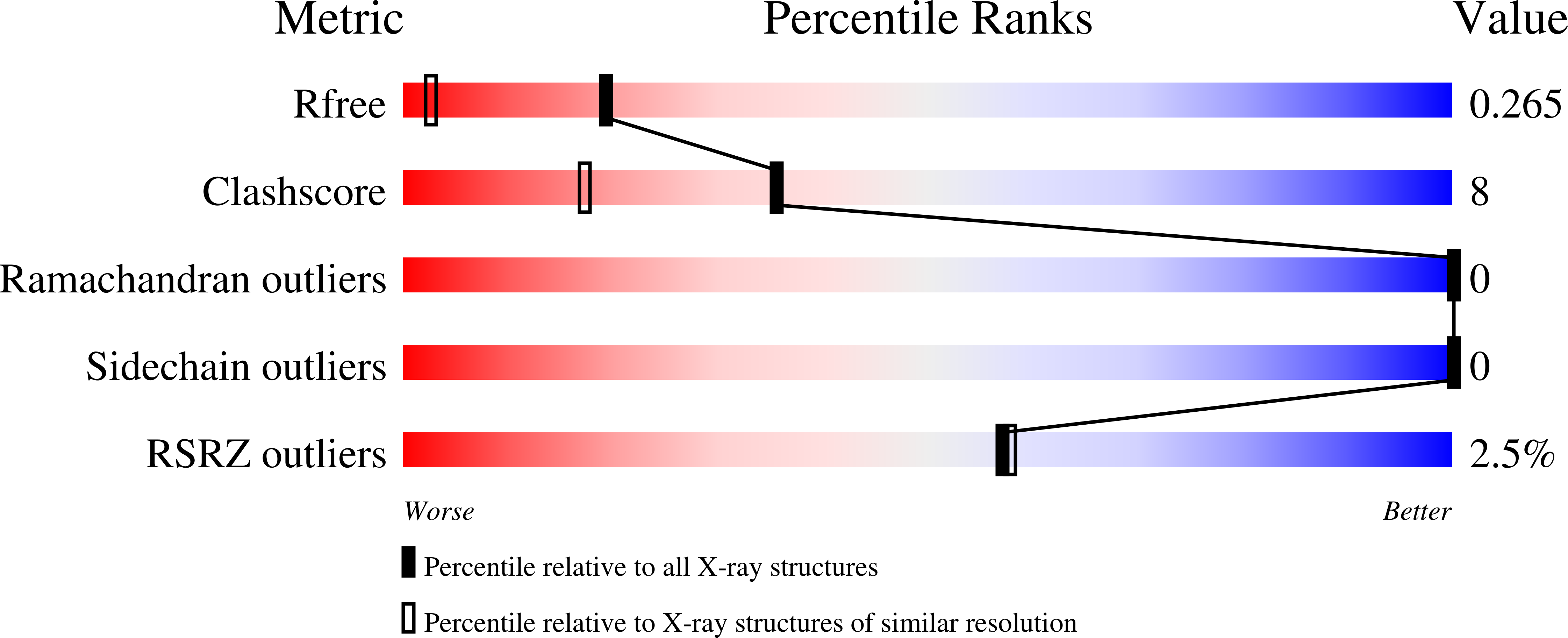Out-of-register beta-sheets suggest a pathway to toxic amyloid aggregates.
Liu, C., Zhao, M., Jiang, L., Cheng, P.N., Park, J., Sawaya, M.R., Pensalfini, A., Gou, D., Berk, A.J., Glabe, C.G., Nowick, J., Eisenberg, D.(2012) Proc Natl Acad Sci U S A 109: 20913-20918
- PubMed: 23213214
- DOI: https://doi.org/10.1073/pnas.1218792109
- Primary Citation of Related Structures:
4E0K, 4E0L, 4E0M, 4E0N, 4E0O - PubMed Abstract:
Although aberrant protein aggregation has been conclusively linked to dozens of devastating amyloid diseases, scientists remain puzzled about the molecular features that render amyloid fibrils or small oligomers toxic. Here, we report a previously unobserved type of amyloid fibril that tests as cytotoxic: one in which the strands of the contributing β-sheets are out of register. In all amyloid fibrils previously characterized at the molecular level, only in-register β-sheets have been observed, in which each strand makes its full complement of hydrogen bonds with the strands above and below it in the fibril. In out-of-register sheets, strands are sheared relative to one another, leaving dangling hydrogen bonds. Based on this finding, we designed out-of-register β-sheet amyloid mimics, which form both cylindrin-like oligomers and fibrils, and these mimics are cytotoxic. Structural and energetic considerations suggest that out-of-register fibrils can readily convert to toxic cylindrins. We propose that out-of-register β-sheets and their related cylindrins are part of a toxic amyloid pathway, which is distinct from the more energetically favored in-register amyloid pathway.
Organizational Affiliation:
UCLA-DOE Institute for Genomics and Proteomics, The Howard Hughes Medical Institute, Molecular Biology Institute and Molecular Biology Institute, University of California, Los Angeles, CA 90095, USA.


















